
Y-STRUT Hip Implant — One Product for Two Indications
Y-STRUT Hip Implant is an implantable medical device indicated for internal fixation of the proximal femur in patients at risk of osteoporotic fracture and for impeding pathological fracture. It is composed of 2 cannulas in PEEK (polyether-ether-ketone) polymer and is combined with PMMA bone cement to allow bone anchoring.
Y-STRUT Hip Implant was granted Breakthrough Device status by the FDA (May 21, 2025).
Medical device licensed in Brazil. (Not CE marked, not FDA cleared). Read the instructions for use carefully.
Clinical Indications
Traumatology Indication
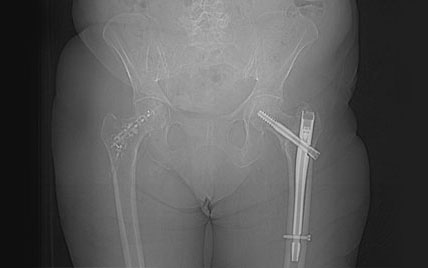
Y-STRUT is indicated for contralateral percutaneous internal fixation of the proximal femur in patients with a low-energy pertrochanteric fracture on the first side. It is implanted during the same anaesthesia as the hip fracture treatment.
Oncology Indication
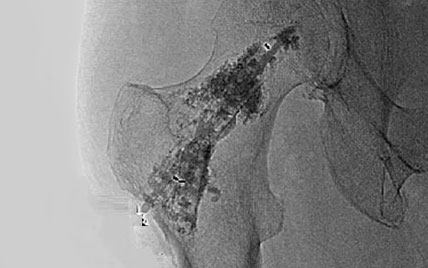
Y-STRUT is indicated for percutaneous internal fixation for impending pathological fracture of the proximal femur — act of last resort (ultima ratio).
Clinical Studies & Publications

Minimally Invasive Procedure
Y-STRUT is implanted by minimally invasive surgery. Only two small incisions are made on the thigh. It is inserted in the proximal femur using dedicated instrumentation designed for safe implantation.
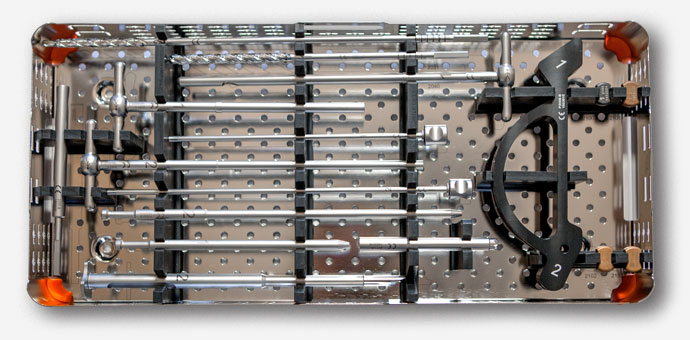
Y-STRUT reinforces the biomechanical performance of the proximal femur.
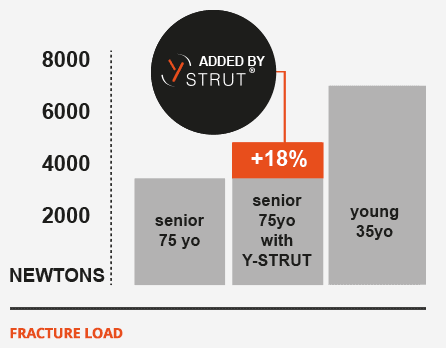
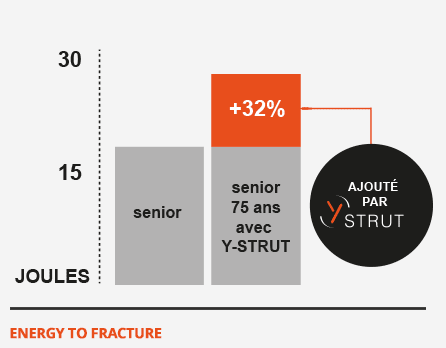
Epidemiology
Traumatology
There are more than 2 million hip fractures annually worldwide. This number is set to increase to well over 6 million in 2050 due to the growing and aging of the population1,2.
Hip fractures worldwide (in millions of patients)1,2
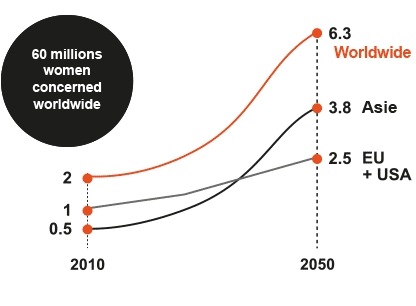
Contralateral hip fracture
Contralateral hip fracture occurs within 5 years after a first fracture in up to 20% of patients3.
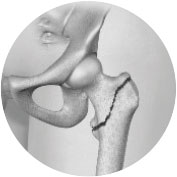
Hip fractures are very debilitating for people over 60 years old4. After a second contralateral fracture, there is a high risk of losing autonomy and mortality is multiplied by 23.
Oncology
Bone is the third location of metastases after the lungs and liver. Lytic bone metastases are often linked to primary tumours of the thyroid, kidney, lung or breast7.
Bone metastasis incidence by cancer type (in thousands of patients)5,6,7
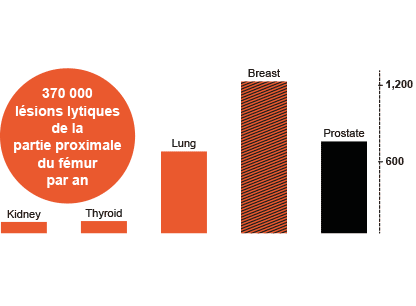
Pathological hip fracture
25% of metastatic lesions occur in the proximal femur8, creating a high risk of pathological fractures.
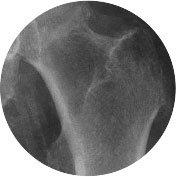
Consequences of pathological hip fractures are often dramatic: quality of life is reduced and life expectancy is affected9.
1. Cooper et al. Osteoporos Int. 1992; 2. IndexMundi;
3. Ryg et al. J Bone Miner Res. 2009; 4. Keene et al. BMJ. 1993;
5. Coleman. Clin Cancer Res. 2006; 6. GLOBOCAN;
7. Kenan et al. Cancer Medicine. 2003; 8. Hage et al. Orthop Clin North Am. 2000;
9. Harvey et al. Clin Orthop Relat Res. 2012.

